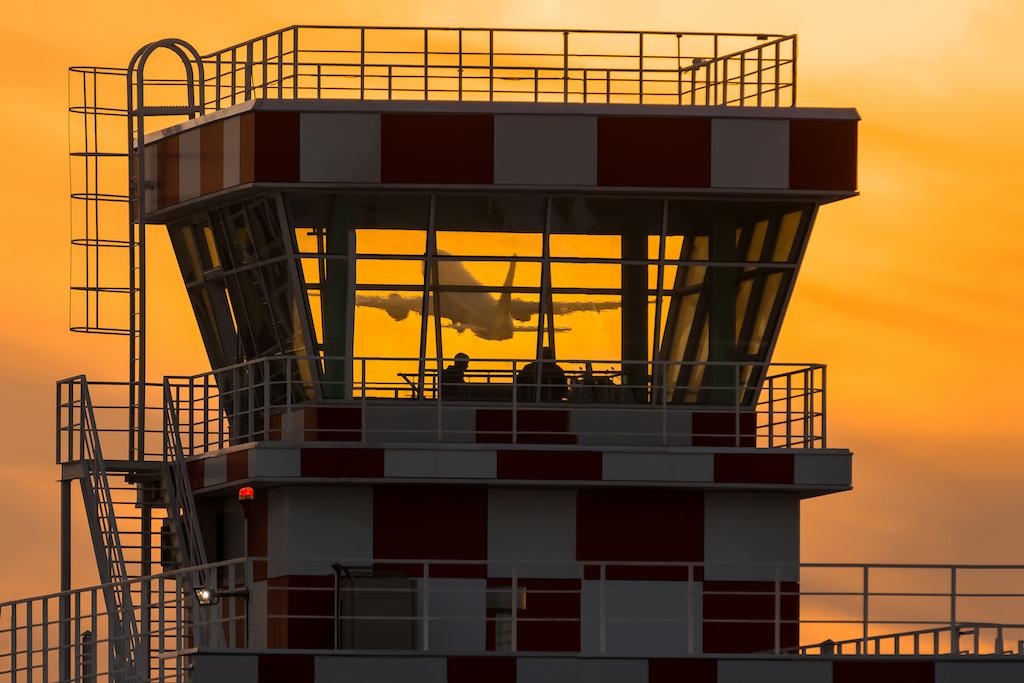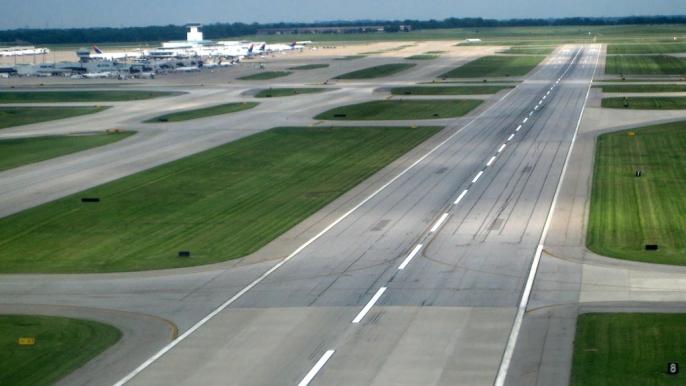
Editor's Note: This is the second in a four-part article series on business aviation mid-air collisions. Here is the first and second part.
Visual meteorological conditions prevailed over Southern California on Oct. 17, 2000. Upon initial contact with ATC, a Beech King Air C90 was instructed to make a straight-in VFR approach to Van Nuys (California) Airport (KVNY) and was given a transponder code. The pilot misset the assigned code, which, due to an air traffic control computer software anomaly, caused the Beech's identifying data block to be suppressed and not available to the radar approach controller. Behind the King Air was a Gulfstream GIII that also was destined for KVNY. On initial contact with ATC, the Gulfstream crew was cleared to land on the same runway as the Beech C90.
The approach controller attempted to provide traffic advisories to the overtaking Gulfstream pilot but could not determine the Beech's type, destination or altitude due to the misset transponder code. Altitude data became available to the controller only 1 min., 14 sec. before the collision via a conflict alert message. The controller did not issue a traffic alert to the Gulfstream crew when the Beech's altitude became known. Additionally, for unrelated reasons, the approach controller experienced frequent failures of his communication radio transmitter and was required to repeat transmissions to the Gulfstream and other aircraft. Despite the traffic point-out, in front of them at “1 mile, altitude unknown,” and later at short distance at a known altitude near theirs, the Gulfstream flight crew did not visually identify and avoid the Beech nor did they request radar separation services.
When asked by the Gulfstream crew if there was any traffic in their vicinity, the tower replied, "Nothing reported." The tower controller realized his mistake approximately 16 sec. later. However, by then the Gulfstream had descended from above and behind the King Air and collided with it while both aircraft were on 2.5-mi. final approach to the same runway. Both airplanes subsequently landed without additional damage or injury to the occupants.
Shouldn’t an advanced aircraft such as a Gulfstream GIII have been equipped with a TCAS, and if so, why didn’t the TCAS prevent this mid-air collision? The Gulfstream pilot reported there were no TCAS II traffic advisories within 3 mi. and there were no resolution advisories. The Gulfstream first officer recalled a TCAS "traffic" advisory close by their altitude, but no annunciation in the minute or two before the collision. With the TCAS model aboard the Gulfstream, when the aircraft's landing gear is extended, the lower TCAS antenna goes into an omni-directional mode wherein targets detected on the lower antenna only are displayed to the flight crew on the cockpit TCAS display with a text message of range and delta altitude but no bearing information. The King Air's transponder antenna was on the lower fuselage and the airframe structure shielded it from interrogation by the Gulfstream's TCAS.
The NTSB determined the probable cause of this accident was the failure of the King Air pilot to correctly set a new transponder code as well as an anomaly in ATC software that precluded the controller from manually overriding the resulting inhibition of displayed data. Factors in the accident were impaired function of the collision avoidance system in the GIII due to structural masking of the King Air's transponder antenna; an intermittent failure of the approach controller's communication radio transmitter, which interfered with his ability to communicate traffic information to the pilots; the failure of both the approach controller and the tower controller to issue safety alerts when the traffic conflict became apparent; and the failure of the flight crew to maintain an adequate visual lookout to see and avoid the other airplane.
Closely Spaced Parallel Runways
Another aspect of “see and avoid” is that business aircraft regularly fly into airports with closely spaced parallel runways where general aviation aircraft fill the adjacent traffic pattern practicing their touch-and-goes. KVNY, DeKalb-Peachtree (KPDK), San Jose International (KSJC), Colorado’s Centennial (KAPA) and California’s John Wayne (KSNA) airports are common destinations for business aircraft that fit this description. These airport configurations put aircraft on potentially converging courses. If one aircraft happens to get target fixated on the wrong runway or fails to make a prompt correction for an overshooting wind condition the separation distance will instantly deteriorate into a threatening situation.

Yet another factor at these airports is the high communication workload. It isn’t uncommon for ATC to assign a different tower frequency for each runway. Having even three training aircraft in the flight pattern for a parallel runway still creates a lot of ATC workload. If those aircraft are flown by pilots who aren’t entirely proficient in radio communications, such as student pilots or pilots whose primary language isn’t English, then the radio frequency can get saturated.
This saturation also has a secondary negative effect. There is a general recommendation that pilots should maintain their “situational awareness,” to include having an accurate mental picture of the location of other aircraft in their vicinity by actively paying attention to the radio. It can require a lot of additional mental workload to keep track of one or two other aircraft operating on the same runway as you. Trying to keep track of more than two aircraft operating on a parallel runway while simultaneously doing all of the required tasks to properly manage your aircraft’s trajectory in this busy airspace is beyond our mental workload capacity.
Doesn’t the situation of parallel runways also apply at numerous air-carrier airports such as Los Angeles International (KLAX), John F. Kennedy International (KJFK), San Francisco International (KSFO), etc.? Isn’t there a similar risk for near-mid-air collisions at these airports?
Yes, the risk is present. The radio frequencies into KLAX are just as busy, but you have the radio discipline of professional airline pilots there. And furthermore, when they are vectored onto a parallel runway, even in clear VFR conditions, the normal practice is to have the localizer tuned in, and the professional expectation is to make certain the aircraft doesn’t proceed through the localizer into what is commonly referred to as a “no transgression zone.”




